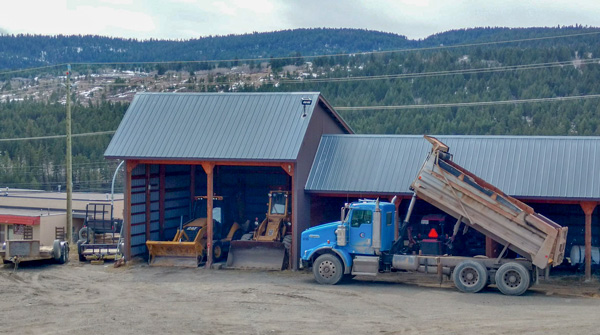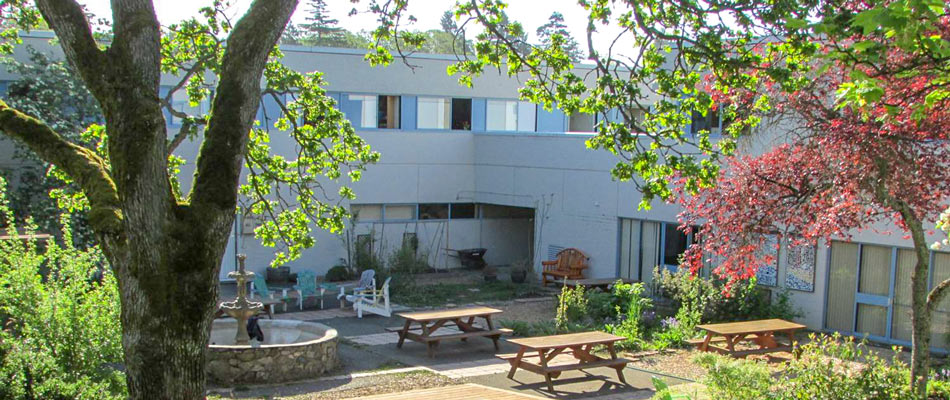Trends in Canada K-12 school districts that have been recognized for their innovative approaches to school-wide environmental stewardship
Sustainability is worth celebrating. The achievements of schools and districts that have placed time, money and staff resources on sustainability programs leaves a lasting mark on utility costs, students and the entire community. Recognizing the achievements of leaders in school sustainability provides examples of actions that are attainable, realistic and effective.
Here are the highlights and trends from sustainable K-12 schools and districts in Canada that have been recognized for their outstanding accomplishments in environmental leadership.
Strong connections to the community
Sustainable schools can be inspiring for the broader community and not just for the students. The Amber Trails Community School in Winnipeg was awarded the 2017 Greenest School in Canada prize for its unique approach in welcoming the community.
Under the same roof, the Amber Trails Community School has classrooms, a gym, a public library and a community centre. The facility was constructed in 2016 and is LEED Platinum certified. Communal spaces are available for traditional learning or for any member of the surrounding neighbourhood. Amber Trails Community School blends outdoor and indoor learning with a variety of indoor and outdoor classrooms and studying spaces.
Integration with traditional knowledge
Connecting with the broader community extends the source of teachings beyond textbooks. Argyle Alternative High School in Winnipeg integrates traditional aboriginal knowledge in their environmental stewardship program. In 2016, the Winnipeg high school was awarded the second place price for the Greenest School in Canada competition.
The high school went even farther by incorporating creativity and art into their environmental stewardship program. Student leaders shared their experiences and knowledge by creating short documentaries about the school’s initiatives.
Expand teaching into the outdoors
The foundation of sustainability is an appreciation for the natural world. Outdoor and environmental education programs connect students with nature to improve their understanding of ecology through hands-on experiences.
Dewdney Elementary School in British Columbia adopted a Community Outdoor Recreation and Environment program (CORE) to establish those connections through recreation, outdoor studies and environmental service projects. Dewdney Elementary School was the second-place school in the 2017 Greenest School in Canada competition.
Facilities are always improving
School energy management programs expand sustainability beyond lesson plans. Reducing energy consumption by optimizing a facility and improving energy efficiency results in tangible reductions in greenhouse gases. Leaders in K-12 school sustainability are not satisfied with one-time improvements but seek ongoing improvements to their facility’s energy efficiency.
The facilities department at School District 27 (Cariboo Chilcotin) in British Columbia considers energy consumption in every decision. Recently, the district upgraded aging exterior and gym lights to LED to reduce 280,000 kWh every year. School District 27 has proven they are committed to seeking continuous improvements – their achievements are listed on Rede’s Energy Plan portal.

Exterior lighting was replaced with LED fixtures in School District 27 in British Columbia. Read more about SD27’s LED upgrade project.
Students included in decisions
Sustainability programs are unique opportunities to connect staff, teachers and students over a common goal. The Career and Technology Centre at Lord Shaughnessy High School in Calgary involves their students in school board decisions and strategies related to campus sustainability, such as the solar installation strategy and air quality improvements. The Career and Technology Centre was awarded the first-place prize in the Greenest School in Canada competition in 2016.
Students can also be involved in hands-on activities. Dunbarton High School in Ontario, which was the Greenest School in Canada in 2014, invites students to participate in energy and water audits. This process provides the students with tangible numbers for campus waste and demonstrates the positive impact of recycling and waste reduction.
Apply for a green school award
Canadian schools can be acknowledged for their achievements in conservation, sustainability and promoting a green culture in the school community. An award open to Canadian K-12 schools is the Greenest School in Canada competition from the Canada Green Building Council.
The Greenest School in Canada competition has been acknowledging leaders in school sustainability since 2014. Winners receive a prize of $2,000 for a sustainability initiative in addition to be named the “greenest school” in the country.
Finalists showcase a comprehensive approach to sustainability where students, teachers, staff and administration all participate in awareness and actions to reduce the environmental footprint of the school and promote stewardship in the entire community.
| What schools are eligible? | Any K-12 school in Canada. |
| Who can apply? | A school official (such as a teacher, principal, board member or member of a parent advisory council) can apply for the awards. Students can participate in video submissions. |
| When is the submission deadline? | The deadline is typically near the end of the school year and the awards are announced in the fall. |
| Who selects the finalists? | Green building industry experts reviews the submissions. |
Even if your school or district doesn’t meet all the criteria for the competition, schools can still receive a merit certificate for their sustainability initiatives. The Green Apple program recognizes any size and type of project – such as an environmental education event or low-waste day.
